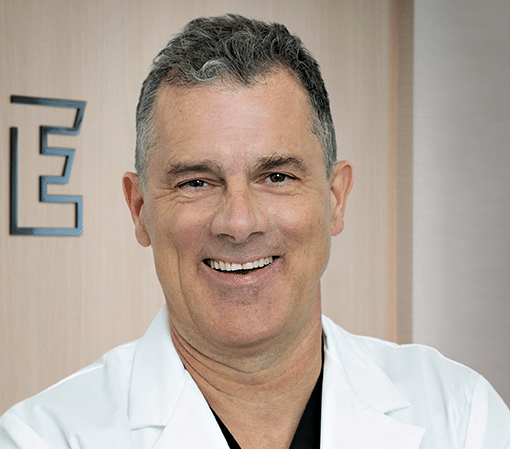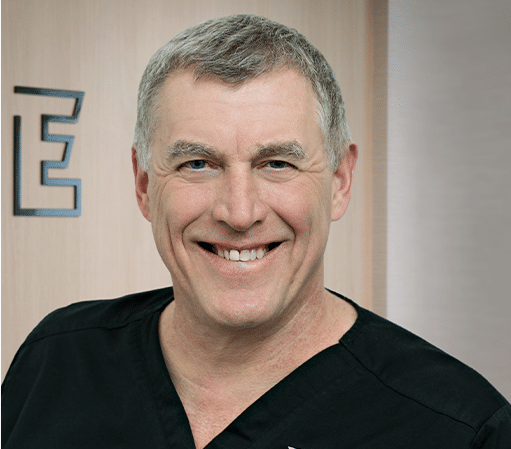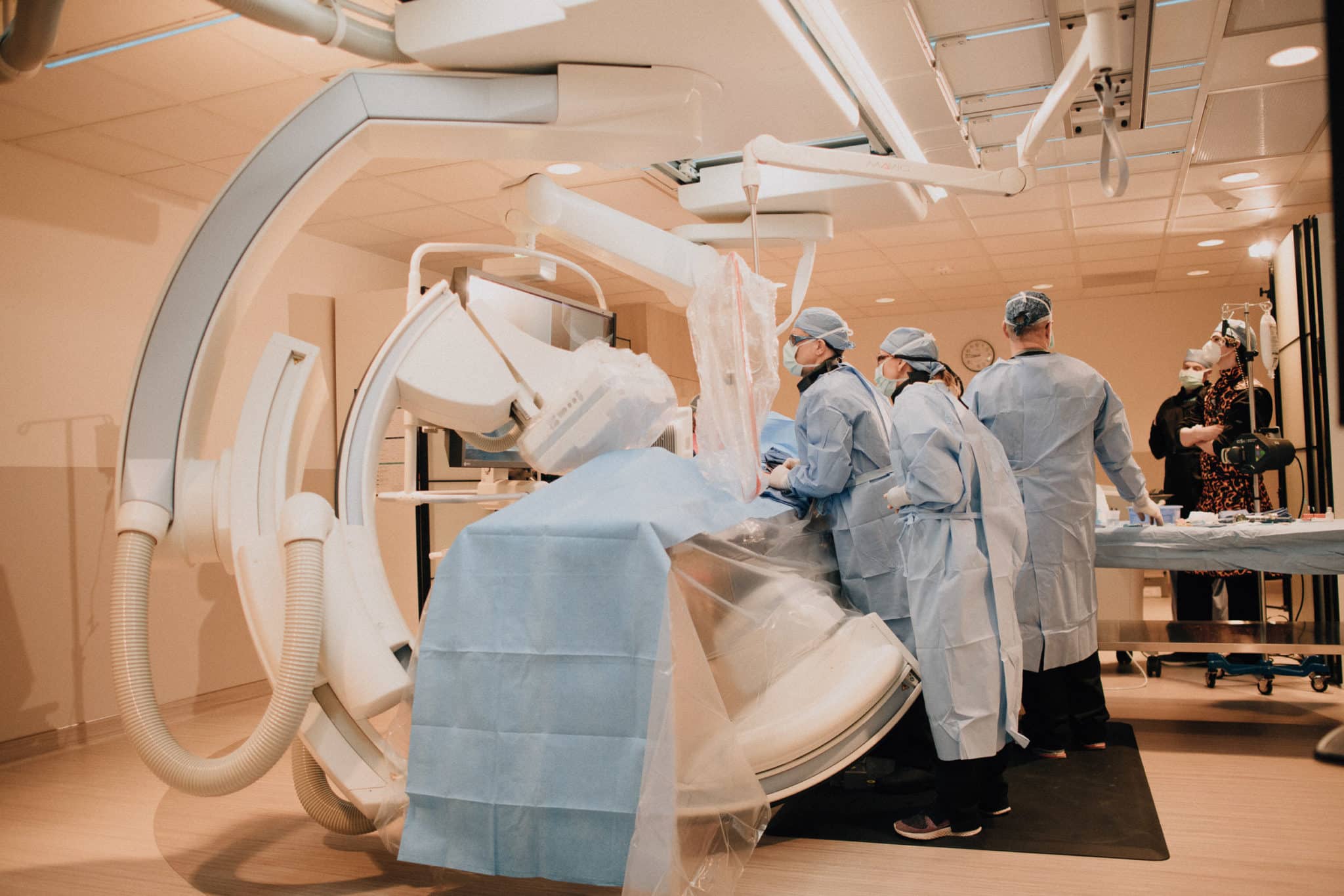
KYPHOPLASTY & VERTEBROPLASTY
A NON-SURGICAL TREATMENT OF VERTEBRAL BODY COMPRESSION FRACTURES
– Minimally-invasive procedure with no general anesthesia
– Cost-effective compared to non-surgical management
– Pain reduction reported by 90% of patients
– Outpatient procedure with no hospital stay required
Learn how kyphoplasty and vertebroplasty can help treat vertebral body compression fractures without surgery.
Low-Risk Procedure
Minimally invasive procedure often performed using mild sedation & local anesthesia
PROVIDES RAPID PAIN RELIEF
Within 48 hours most patients typically experience decreased pain & improved mobility
RETURN TO ACTIVITIES
Many patients return to most activities performed before their vertebral fracture
MEET THE SPECIALISTS TO THE SPECIALISTS

MICHAEL CUMMING, MD
Dr. Cumming is a nationally recognized interventional radiologist with over 25 years of experience fundamentally changing patients’ lives through minimally invasive procedures. He has spent his entire career pursuing ways to help people effectively and efficiently.

PETER BRETZMAN, MD
Dr. Bretzman has over 25 years of experience solving complex medical problems using minimally invasive imaging guided techniques. His focus is finding the most efficient solution for patients.
UNDERSTANDING KYPHOPLASTY AND VERTEBROPLASTY PROCEDURES
Kyphoplasty and vertebroplasty are similar treatments for vertebral body compression fractures, which are small breaks in the thick mass of bone that makes up the front part of your spinal column (the vertebral body).
During the kyphoplasty or vertebroplasty procedure, you’ll lie on your stomach. The physician will insert a hollow needle, called a trocar, through your skin and into the vertebra. A type of x-ray, called fluoroscopy, guides the trocar into the proper position.
Once the trocar is in place, either cement (vertebroplasty) or an inflatable balloon-like device (kyphoplasty) is inserted into the vertebra through the trocar. During a kyphoplasty, the balloon is inflated to restore the shape and height of the vertebra before being filled with bone cement.
Thinning of bones, or osteoporosis, is the main cause of vertebral compression fractures. Pathologic fractures related to tumors growing in the vertebral body may also cause fractures.
Vertebral body fractures lead to the collapse or compression of a vertebra, causing your spine to shorten and curve forward. This can result in pain and a kyphotic (hunched over) deformity.
Compression fractures are seen on regular x-rays, CT scans and MRI scans. An MRI scan is always performed before proceeding with kyphoplasty or vertebroplasty, to ensure precision and accuracy.
IS KYPHOPLASTY OR VERTEBROPLASTY AN ALTERNATIVE TO SURGERY & WHAT ARE THE BENEFITS?
Yes! The procedure is performed as an outpatient procedure, not inside a hospital. You’ll be sent home the same day.
Dr. Cumming and Dr. Bretzman will partner with you and/or your existing care team (ex: primary care, orthopedist) to determine if you’re a candidate for vertebroplasty or kyphoplasty.
The overall success rate for vertebral augmentation in treating osteoporotic fractures is approximately 85% to 90%. After the bone cement is inserted into the vertebra (vertebroplasty), 90% have rapid complete or near complete relief of pain, and over 75% of patients regain activity. You might be symptom free, and you won’t have to do physical therapy or rehabilitation.
Kyphoplasty has been shown to reduce mortality at one year compared to patients treated with non-surgical management. Kyphoplasty is also cost-effective compared to non-surgical management.


AM I A CANDIDATE FOR VERTEBROPLASTY OR KYPHOPLASTY?
Kyphoplasty and vertebroplasty are generally reserved for people with painful progressive (increasing) back pain caused by osteoporotic or pathological vertebral compression fractures. Candidates for these procedures often have a reduced ability to move and function because of the fractures.
To be a candidate for a kyphoplasty or vertebroplasty, your pain must be related to the vertebral fracture, and must not be due to other problems. Patients with disk herniation, arthritis, or stenosis (narrowing) related pain will not be candidates for this procedure. Imaging tests — such as spinal x-rays, bone scans and computed tomography (CT) or magnetic resonance imaging (MRI) scans — might be ordered to confirm the presence of a vertebral fracture.
WHAT TO EXPECT FROM YOUR VISIT:
- CONSULTATION: Your health history and symptoms will be reviewed during this discussion.
- IMAGING: Compression fractures are seen on regular x-rays, CT scans and MRI scans. An MRI scan is always performed before proceeding with kyphoplasty or vertebroplasty, to ensure precision and accuracy.
- TREATMENT PLAN: With a comprehensive review of all symptoms and exams, Drs. Cumming and Bretzman are able to provide definitive treatment recommendations that ultimately help patients choose their preferred option for optimal outcomes.

